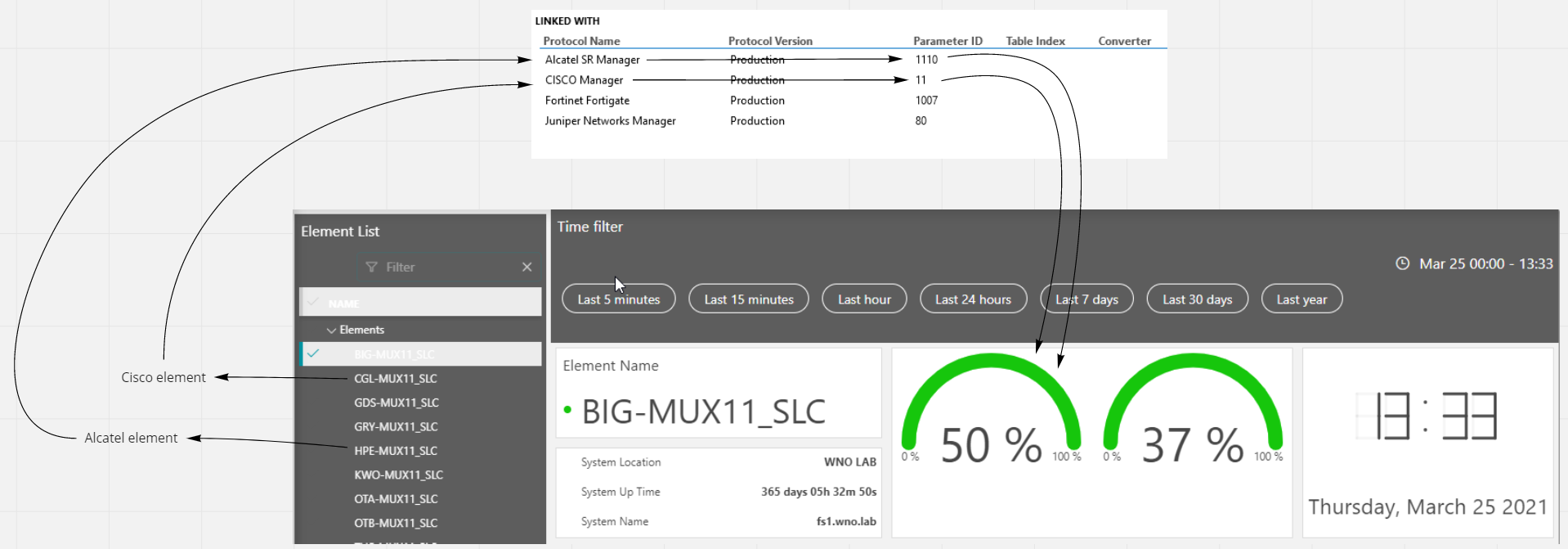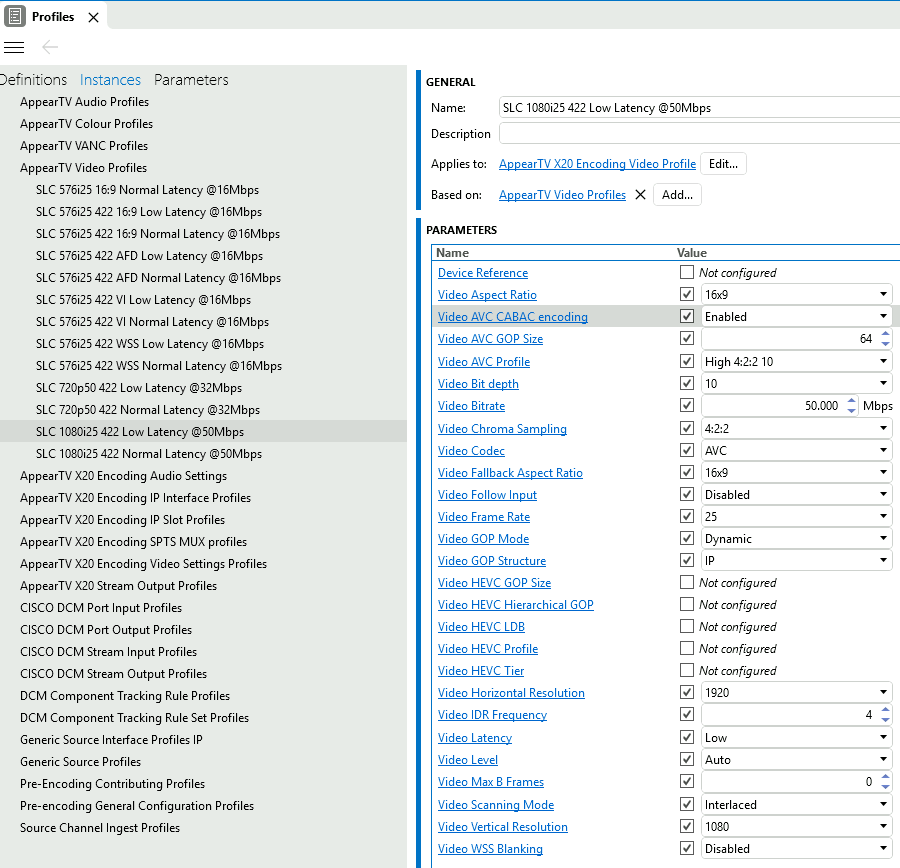Hello
What are the main use cases for the Profie Manager App that you have implemented in Dataminer in the present?
I would like to hear some of your thoughts on this, if it is possible for you to share.
Thank you.
Best regards
Bruno Sousa
Hi Bruno S,
Adding to the previous answer, DataMiner Profiles come in very handy as a means to bundle multiple parameters together in a single set. As an example, DataMiner Service and Resource Manager (SRM) uses profiles to orchestrate full configurations on functions. E.g. assume you have an encoder that needs to be orchestrated by DataMiner, you may create a profile containing multiple configuration parameters such as:
{
video=H.264
Resolution = High_Definition
Bitrate = 5 Mbps
StreamingOutput=ON
RequiredCPUCores = 4
}
As you can expect, applying multiple configuration parameters on products, is not just a series of commands that are executed one by one, meaning parameter by parameter. First of all, the likelyhood that products expose API’s where each parameter can be individually set is shrinking down (moving from SNMP to RESTful). Secondly, parameters may need to be set in a well defined order – even using SNMP that is the case (think of it like a transactional behavior). … and that order will be different from technology vendor to technology vendor. So that’s why in DataMiner SRM, one can attach ‘ProfileLoadScripts’ to certain functions. Those ProfileLoadScripts execute on the entire transaction, and can be tuned to the specific technology.
So in short, profiles:
- contain parameters you can use to mediate across technology
- this group of parameters can be linked to an SRM ProfileLoadScript and therefore contain ‘transactional’ behavior that can also be tuned to the specific underlying technology
There’s much more to it, a single profile may have variations (state profiles, e.g. a stop profile would just contain the ‘overly’ on the profile saying StreamingOutput = OFF), and also contain requirements to underlying resources in terms of the capacity and capability needs. DataMiner SRM would then use those requirements to find a suitable encoder having 4 CPU cores available using the example above.
HTH, Steven
Hi Bruno,
A good use case for the Profiles is to use as Mediation layer, in combination with Dashboards.
Let’s say you have different network devices (let’s take Alcatel and Cisco routers as an example) and you want to display information from both vendors in the same dashboard, according to the user selection. If the user selects a Cisco element, data from Cisco connector is displayed. If the user select the Alcatel one, dashboard displays the values from Alcatel connector.

The parameter Ids mapping is configured in Profiles app, and then, you can use it on Dashboards, by drag-n-drop “Profile Parameters” from the data section.

 HI Bruno,
HI Bruno,
Another use case for Profile Manager relates to the central management of function configurations. Examples here could be encode, transcode configurations in a media data center where operators seek to apply different, yet standard configurations depending on e.g. format (SD/HD), type of content (movie, sport) and available bandwidth and DataMiner Profile Manager Such facilitates easiest creation of the various profile instances as required.
Hi Bruno,
You can find a detailed description of the profile manager under the Discover -> DataMiner modules section.